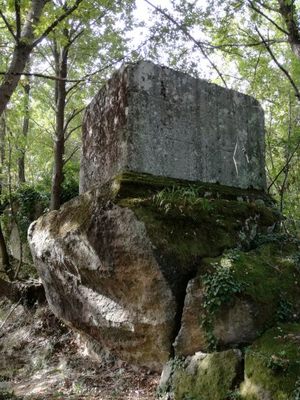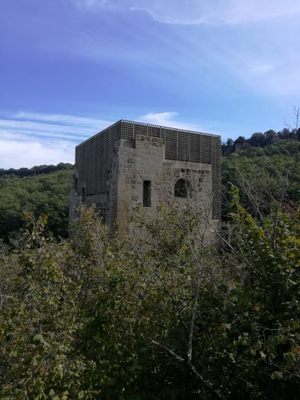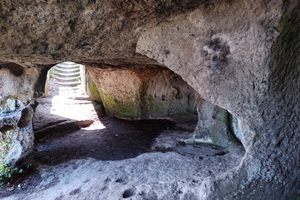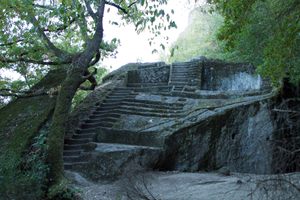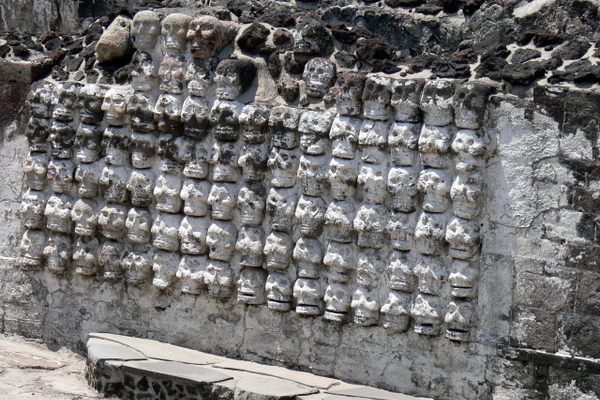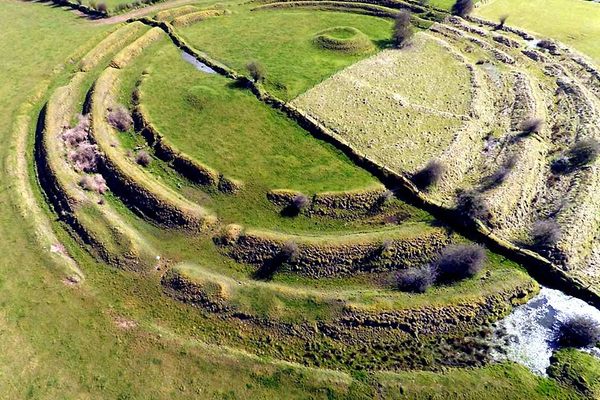About
In the foothills of the Cimini Mountains, near the village of Bomarzo—renowned for its 16th century Renaissance garden—there is a wild woodland known as the Selva di Malano (Malano forest). The gentle sloping landscape, where wild oak forests mingle with hazelnut orchards, suddenly gives way to deep canyons and ravines, and ancient stone altars are hidden among the trees.
It was most likely the Etruscans who carved the massive volcanic rocks that were cast here from volcanic eruptions and fashioned them into these mysterious altars. A few structures stand out: the two stones known as Sasso del Predicatore (Preacher's Stones) and the even more mysterious cubic altar, a perfectly shaped cube which defies any logical explanation.
The two stones are very similar in shape, consisting of a staircase carved in the rock leading to an upper level where the altars would have been located. Additionally, the cubic altar even preserves a cross-shaped inscription which might indicate cardinal points. According to several scholars, the altars might have been used by the Etruscans for religious rites (such as the observation of birds) and astronomical observations.
Other minor altars were turned into tombs by Roman freedmen (the inscriptions are sometime visible), such as the so-called Coelius tomb where the inscription reads: "D. Coelius D. L. Alexander / Quintia P. L. Hilara," or "Decimus Coelius Alexander, freedman of Decimus and Quintia Hilaria freedwoman of Publius." On the top of the tomb, two burial recesses were carved to preserve the ashes of the two individuals. Several Roman tombs have also been reported around the area, with carvings and Latin inscriptions, but their location is often difficult to pinpoint due to the absence of trails and signs.
One especially interesting monument has, unfortunately, become inaccessible in recent years since it is now on private, fenced property. However, it can be spotted emerging from the hazelnut trees: the ruins of San Nicolao, a medieval Benedictine monastery built over three Roman tombs. The ruins consist of a Romanesque church, a coenobium, and a fortified building built directly on top of a massive block of stone. The three tombs are located at the base of the stone and are beautifully decorated with architectural details.
Related Tags
Know Before You Go
The trails are not signposted but googlemaps locates the two "Sassi del Predicatore", the "Ara Cubica" (Cubic Altar) and the church of San Nicolao. Note that you cannot visit the church of San Nicolao and the road that leads to it is fenced off on either side.
To visit the sites described above you can park your vehicle at the end of the straight road past the "Società Agricola Latte Marini" (one kilometre after the farm the road takes a sharp turn right and descends - it becomes very narrow and the condition worsens so you should leave your vehicle here). The altars are not signposted but the trails are visible and usually accessible. From the itinerary described above, you can also visit the nearby site of Corviano and the nature reserve of Monte Casoli.
Flavors of Italy: Roman Carbonara, Florentine Steak & Venetian Cocktails
Savor local cuisine across Rome, Florence & Venice.
Book NowCommunity Contributors
Added By
Published
April 28, 2020
